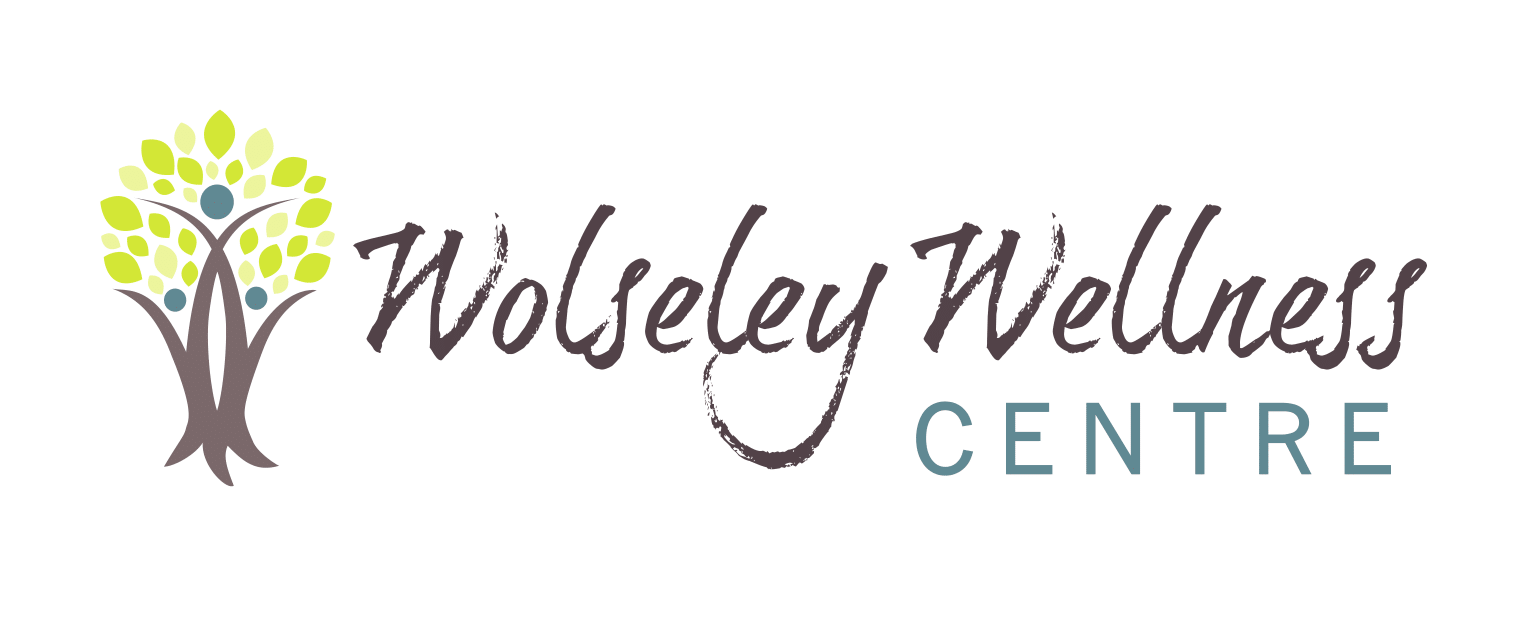Choosing Healthier Scented Products
It’s cozy season! Time to get out wool blankets and fluffy socks, whip up a pumpkin-spice latte, and light a fragrant candle to set the mood. But did you know the candle you light may pollute the air in your home or affect your hormone balance?
If you’re striving for a healthier lifestyle, it's time to take a closer look at what’s actually in your favorite scented products such as candles, room sprays and reed diffusers, and learn how to choose safer alternatives for you and your family.
What's Lurking in Conventional Candles and Room Sprays?
1. Synthetic Fragrances (a.k.a. "Fragrance" or "Parfum")
What’s the issue?
“Fragrance” is a trade-secret loophole that can hide hundreds of undisclosed chemicals, including phthalates (linked to hormone disruption), allergens, and respiratory irritants.
These compounds can linger in the air and accumulate over time.
Potential symptoms: headaches, sinus irritation, skin rashes, asthma flare-ups, and hormone-related issues.
2. Paraffin Wax (in candles)
What’s the issue?
Paraffin is a petroleum byproduct. When burned, it can release benzene and toluene — both are known carcinogens.
Combined with synthetic fragrances, this creates a chemical cocktail in your indoor air.
3. Aerosol Propellants (in sprays)
Commonly used in room and linen sprays, aerosol propellants can contain volatile organic compounds (VOCs) that contribute to indoor air pollution and may trigger asthma and other respiratory problems.
Healthier Swaps: What to Look for Instead
Here’s how to make cleaner, safer choices without sacrificing ambiance this season:
1. Candles
Choose:
Wax: 100% beeswax, coconut wax, or soy wax
Wicks: Cotton or wood wicks
Scent: Essential oils (check for full disclosure — no "fragrance" on the label)
Tip: Beeswax candles also help purify the air by releasing negative ions.
2. Room Sprays
Choose:
Products scented with pure essential oils
Brands that use water, witch hazel, or alcohol as the base — and list every ingredient
Better yet: Make your own DIY spray with distilled water + essential oils + a bit of alcohol or witch hazel as a preservative.
3. Diffusers (as an alternative)
Use a cold-air ultrasonic diffuser with high-quality essential oils to scent your home safely.
Look for therapeutic-grade oils and avoid synthetic “fragrance oils” disguised as aromatherapy.
Bonus Tips for a Cleaner Indoor Environment:
Open windows regularly to ventilate.
Add air-purifying houseplants (like peace lilies, spider plants, or snake plants).
Use a HEPA air purifier, especially in bedrooms or small apartments.
DIY Autumn Room Spray Recipe
Bring the crisp, cozy scent of fall into your home, naturally. This easy-to-make room spray uses real essential oils and skips the synthetic fragrance chemicals found in store-bought sprays.
Warm & Spicy Autumn Room Spray
Ingredients:
4 oz (120 mL) glass spray bottle
½ cup (120 mL) distilled water
1 tablespoon witch hazel or high-proof alcohol (like vodka)
10 drops sweet orange essential oil
8 drops cinnamon bark or cinnamon leaf essential oil
6 drops clove essential oil
4 drops cedarwood essential oil
Note: Cinnamon and clove oils are potent — always patch test first and avoid spraying near pets or sensitive individuals.
Directions:
Add witch hazel or alcohol to the spray bottle.
Add all essential oils and swirl to combine.
Pour in the distilled water.
Shake well before each use.
Spray into the air, on linens, or into rooms to create a cozy, welcoming fall vibe.

